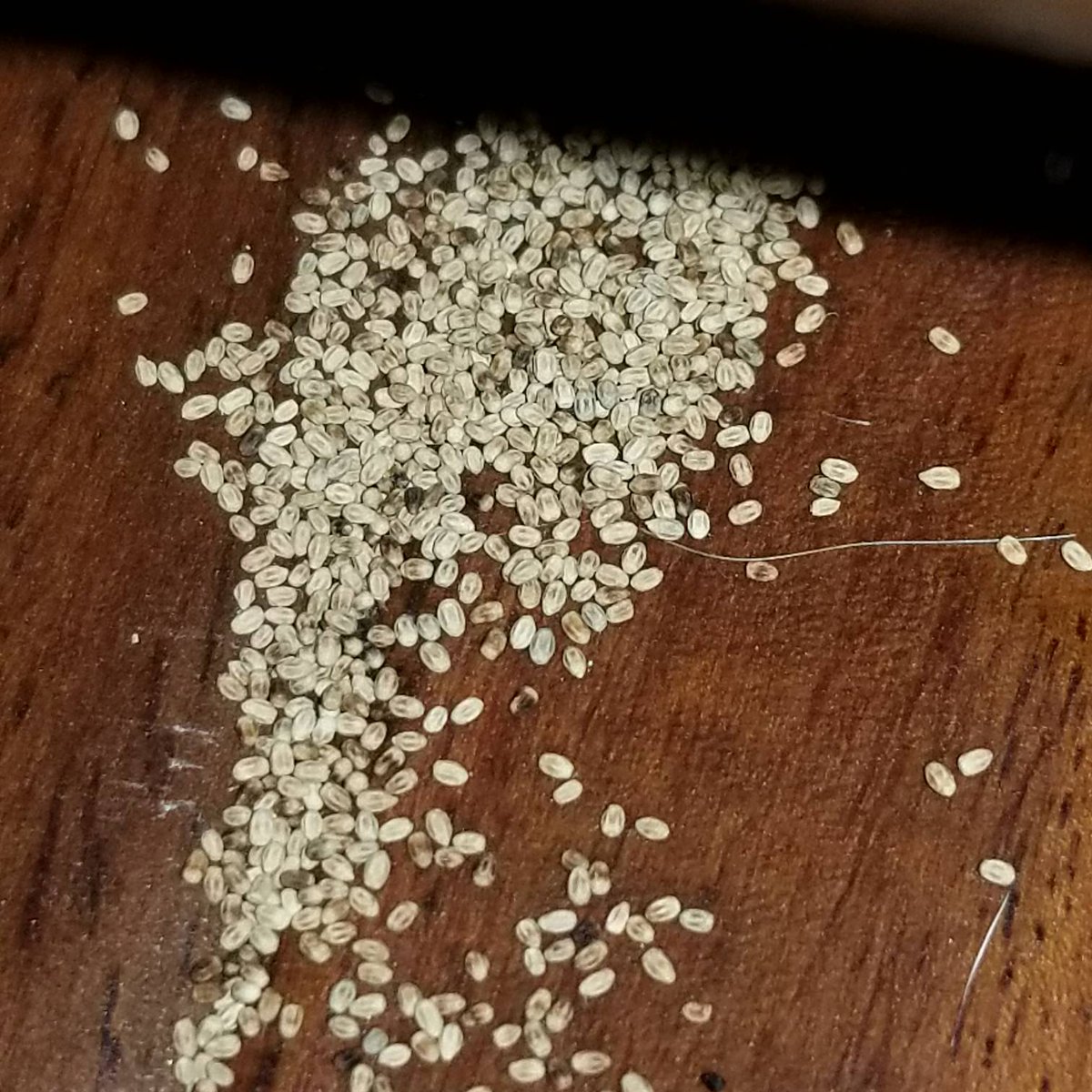Wood eaten by subterranean termites resembles a honeycomb and many of its galleries contain dirt and fecal particles.
Termites hardwood or softwood.
High moisture content softness the presence of fungus or decay and the absence of natural chemicals resins or oils that make wood resistant to decay and insects.
So they re not going to be too picky about destroying your house.
They thought it was the heterotermes which feed only on softwood but it was actually the nasutitermes a.
The section where the thorax meets the abdomen is very narrow on an ant whereas on a termite this section is quite large.
Termites are detritivores which just means they will consume dead plants at any level of decomposition.
Signs of termite damage to hardwood floors termites have always been leading an extremely secret way of life thus representing a hidden danger for a man and his dwelling.
Softwood has nothing to do with it.
Certain factors make wood even more desirable to termites.
It doesn t matter if it is softwood or hardwood pine or oak.
In this article you will find out the answer to the question.
Do termites eat hardwood.
By the time hardwood floor damage becomes apparent a full blown infestation could be underway.
Just in a few years a considerably numerous colony of subterranean termites can entirely destroy a house and as a result it becomes unlivable and ramshackle.
While there are various woods that differ in their susceptibility to termite attack.
However a termite s are both the same size compared to an ant who have one set larger than the other.
When choosing among hardwood softwood and bark mulches choose a good quality mulch that meets your horticultural objectives.
Both flying ants and termites have two sets of wings.
When it comes to hardwood specifically there really isn t any particular type of hardwood that termites wont eat infact when it comes to termite bait stations they re typically filled with tasmanian oak which is a hardwood.
B ecause termites prefer softwood over hardwood the structures that support the finished floor in cluding the subfloor and joists are likely to suffer harm first.
The waist section of a termite is a lot thicker than that of an ants.
Drywood termites seek out dry wood such as the wood in your home s framing structural timbers hardwood floors and.
Subterranean termites commonly chew along the grain of softwood leaving a honeycomb pattern.
They prefer humid and damp areas of the house such as basements bathrooms and attics so ensuring proper ventilation through your home and keeping humidity low will go a long way in preventing subterranean termites from setting up shop in your home.
Subterranean termites like to eat the soft fibers of springwood and leave the harder summerwood behind.
The workers are building and maintaining the structure of the nest while also taking care of eggs soldiers and nymphs.

